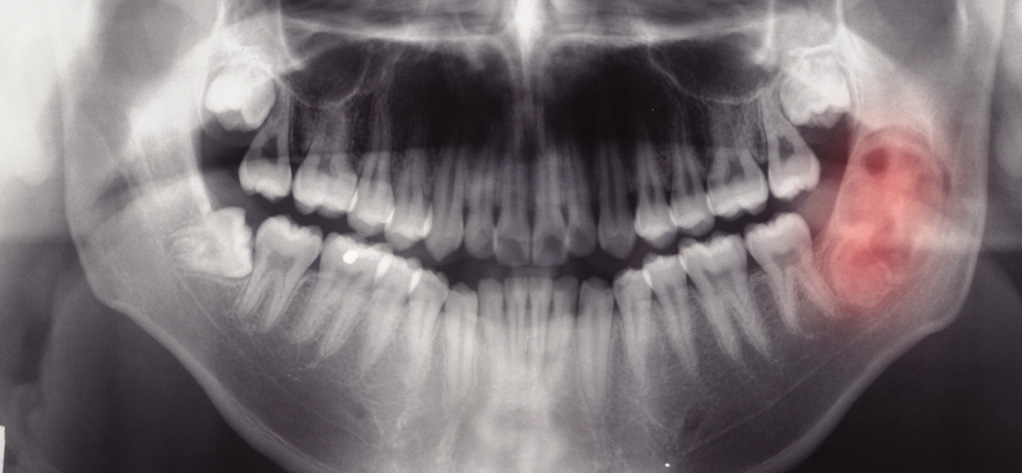
Выполнен анализ литературных данных о характеристиках опухолей слюнных желез: мукоэпидермоидной карциномы и опухоли Вартина. Отмечено, что опухоль Вартина – вторая по распространенности после плеоморфной аденомы доброкачественная опухоль околоушной слюнной железы. Указано, что частой является злокачественная трансформация опухоли Вартина при наличии лимфоидного компонента, а карциноматозные компоненты в этой опухоли могут быть представлены плоскоклеточным раком, онкоцитокарциномой, аденокарциномой, недифференцированной карциномой и мукоэпидермоидной карциномой. Мукоэпидермоидная карцинома развивается, как правило, в больших слюнных железах, а также в трахее и бронхах и составляет 5% всех опухолей слюнных желез, на ее долю приходится до 20% злокачественных опухолей слюнных желез. Приведены гистологические, иммуногистохимические и цитогенетические характеристики рассматриваемых опухолей, описаны условия появления эпителиальной опухолевой ткани в опухоли Вартина, а также результаты исследований, в которых было подтверждено наличие гистогенетической связи между опухолью Вартина и мукоэпидермоидной карциномой. Приведены данные об особенностях диагностики и лечения рассмотренных опухолей, в частности, показана зависимость прогноза заболевания от вариантов гистологического строения опухоли Вартина и мукоэпидермоидной карциномы.
It was performed an analysis of published data on the characteristics of the salivary glands tumors: mucoepidermoid carcinoma and Warthin’s tumor. It is noted that Warthin’s tumor is
the second after pleomorphic adenoma most common benign tumor of the parotid gland. Indicated that are often malignant transformation Warthin’s tumor in the presence of lymphoid component and
carcinomatous components in this tumor may be presented squamous cell carcinoma, onkocytocarcinoma, adenocarcinoma, undifferentiated carcinoma and mucoepidermoid carcinoma. It is noted
that mucoepidermoid carcinoma cancer usually develops in the major salivary glands, as well as in the trachea and the bronchi, and accounts for 5% of all tumors of the salivary glands, at a fraction of the tumor for up to 20% of malignant tumors of the salivary glands. It presented the histological, immunohistochemical and cytogenetic characteristics of these tumors are described in terms of the appearance of epithelial tumor tissue Warthin’s tumor, as well as the results of studies in which the presence of histogenetic connection between the Warthin’s tumor and mucoepidermoid carcinoma was confirmed. The data on the diagnostic features and treatment of tumors examined, in particular, shows the prognosis of the disease from the options histological structure of the Warthin’s tumor and mucoepidermoid carcinoma.
